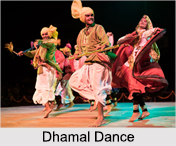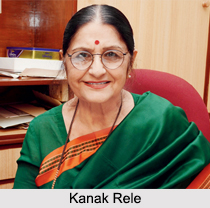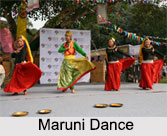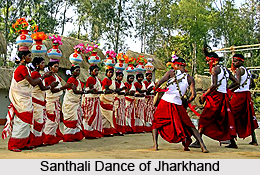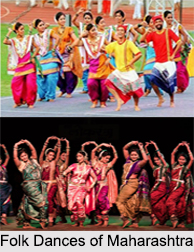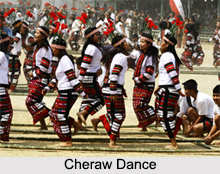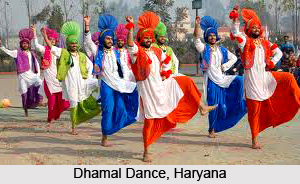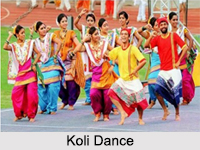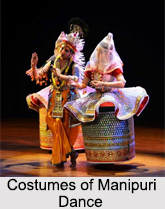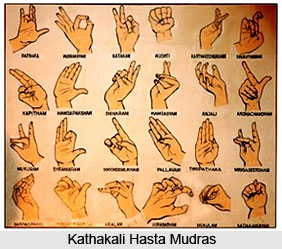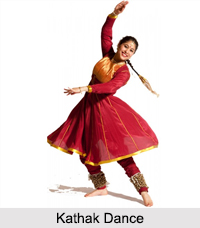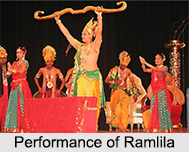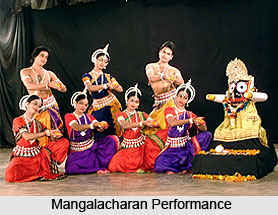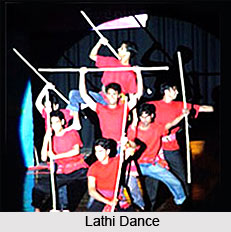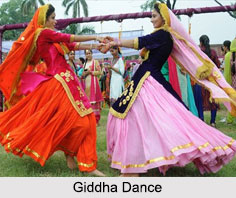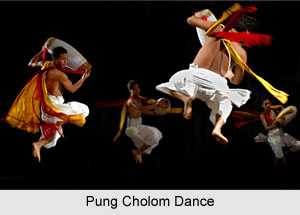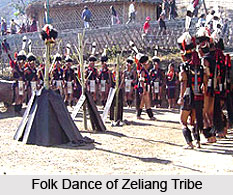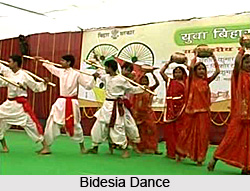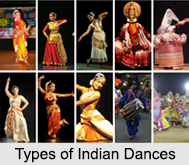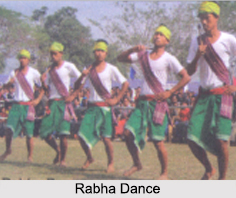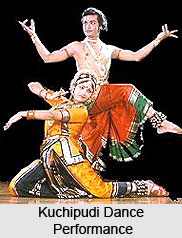 The Kuchipudi is a dance-drama of Nritta, Nritya and Natya. The Nritta consists of teermanams and jatis, the Nritya of Sabdams, and the Natya of acting with mudras for the songs. Nritta encompasses steps and movements in the form of patterns of dance which, though decorated in them, have no meaning to convey. While fast becoming a solo presentation, Kuchipudi still has strong ties to the dance-drama tradition. It combines the elements of speech, mime and pure dance.
The Kuchipudi is a dance-drama of Nritta, Nritya and Natya. The Nritta consists of teermanams and jatis, the Nritya of Sabdams, and the Natya of acting with mudras for the songs. Nritta encompasses steps and movements in the form of patterns of dance which, though decorated in them, have no meaning to convey. While fast becoming a solo presentation, Kuchipudi still has strong ties to the dance-drama tradition. It combines the elements of speech, mime and pure dance.
Kuchipudi blends the sensuousness and fluidity of Odissi with the geometric line of today`s Bharatnatyam. As in all the classical dance styles of India, the dance is both interpretive and lyrical, making use of abstract dance sequences as well. In either case, Kuchipudi dance retains its devotional character with an emphasis on dramatic expression. It is no wonder that Kuchipudi dance enjoys great popularity and is recognized as one of the foremost classical dance styles of India. Kuchipudi is not mere a dance form but is combination of dance, gestures, speech and song. A Kuchipudi dancer has to be well versed in dancing, acting, music, various languages and texts.
The technique of Kuchipudi makes use of fast rhythmic footwork and sculpturesque body movements. Stylized mime, using hand gestures and subtle facial expression, is combined with more realistic acting, occasionally including dialogues spoken by the dancers.
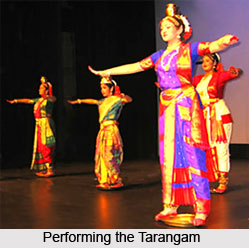 Another unique feature of Kuchipudi is the Tarangam, in which the performer dances on the edges of a brass plate, executing complicated rhythmic patterns with dexterity, while sometimes also balancing a pot of water on the head.
This item is sometimes made even more challenging by performing it while balancing a pot of water on the head or holding lamps in each hand.
Another unique feature of Kuchipudi is the Tarangam, in which the performer dances on the edges of a brass plate, executing complicated rhythmic patterns with dexterity, while sometimes also balancing a pot of water on the head.
This item is sometimes made even more challenging by performing it while balancing a pot of water on the head or holding lamps in each hand.
The most significant feature of the Kuchipudi dance drama is its emphasis on Rasa. The emotional experience of the audience is led to the sublime through a series of stylized dramatic expressions. Fast rhythms and fluid movements characterize Kuchipudi, creating a unique blend of control and abandon, strength and delicacy.
Kuchipudi is a harmonious combination of these two aspects, alternating moments of pure dance, rhythmic, bright, vivacious, full of beauty and grace and narrative moments based on the Hindu mythology, where the focus is on the use of gestures, facial expressions and body language. Originally a dance drama, enacted in the open-air theatres, the dance form was exclusively the preserve of men. Only in recent years the form has evolved as a solo dance for the concert platform and is practised and performed by women too.
